|
The single subjects are a great vehicle for teachers to deliver learning experiences in the arts, maker space/design, world language and in PE that are meaningful and purposeful. Drama, music, visual arts, world languages and PE are often viewed as being secondary in nature and on the fringes of a school’s curriculum, but these disciplines provide essential learning for students that can have a profound impact on their life both inside and outside the walls of their school. There is so much inspiration that can be found in these disciplines that help to ignite passions that can stay with a young person for the rest of their lives. Whether it be tinkering away in the garage or basement on weekends (Maker Space), finding a joy and love of different movement pursuits (PE), being absorbed in creating art or music, or studying a new language, the single subjects provide a multitude of opportunities for students to find greater purpose and meaning that is specific to them and their needs, as well as their interests. Single subject teachers teach to the masses. Countless students walk through their doors each week. Having a clearly articulated vision for the units taught in the single subjects is a priority that requires an in-depth look beyond just the ‘activities’ done in each class. During pre-unit planning, rather than a center of attention being on activities, the focus must instead turn to the mapping out of the big ideas that will drive all teaching and learning throughout the course of a unit. Once the conceptual framework is mapped out, single subject teachers how have a clearly defined vision for where they want to take their students, making it much easier to then focus on the lesson to lesson activities that will drive and support student learning. I work closely with single subject teachers to help them create a clearly defined vision for their units that is deeply rooted in conceptual understandings and how these concepts connect within the learning of the unit itself. Creating a roadmap or timeline as we call it, gives the teachers the structure that they need to better plan out all teaching and learning over the duration of their units. I’ll be sharing some of our planning in the single subjects over the next few months on my blog in order to help educators who visit my website see what’s possible in regards to unit planning and to see some of the great work being done at The KAUST School in Saudi Arabia. I’d like to share our current grade 5 music unit being taught by my colleague Peter Diglin. You can connect with Peter on Twitter at: https://twitter.com/PDiglin Grade 5 Personal Inquiry UnitWhen beginning the pre-unit planning process, the first question that needs to be asked and answered is: What is it that the teacher is hoping students will walk away from the unit being able to understand/do? This should be answered in no more than one sentence in order to ensure a clearly articulated vision for the unit. In Peter’s case, he is hoping that his grade 5 students walk away from the unit having made a personal connection to an instrument and that they develop a sense of self-belief in themselves as musicians. Once the clear vision for the unit is established, we then begin to identify what concepts need to be focused on in order to support the vision of the unit and the learning that will take place. We do this in a very loose manner, just brainstorming possible big ideas and how these big ideas might fit into the learning in the unit. In the grade 5 Personal Inquiry unit, some of the big ideas identified were: Inspiration, Skill Acquisition, Instrumentation, Rhythm, Tempo, Melody, Personal Connection, Performance, Organization, Social Support, and Personal Responsibility Once the big ideas were identified, we then began to look at how they fit together in a logical way. Peter was able to begin thinking his way through the unit, identifying what he felt was the best way to unpack the big understandings of the unit from the first week to the last week. When doing pre-unit planning, each teacher might look at their units differently, which is fine. However, the most important thing is that each teacher who timelines out their units, is able to clearly articulate the roadmap that they have in mind for teaching the unit. That requires some deep thinking and takes time, but this process helps to set the teacher and their students up for success in this unit. The timeline for Peter’s grade 5 Personal Inquiry unit can be seen below. As you can see from the timeline, the concepts are spread out over the 6 weeks of the unit. Once the big ideas have been unpacked, they continue to be an underlying focus for the rest of the unit. For example, the concept of skill acquisition was unpacked in weeks 1 and 2 of the unit, but students needed to demonstrate an understanding of the importance of skill acquisition for the rest of the unit. This is the same with all of the concepts chosen to be unpacked in the unit. We decided that the concept of ‘inspiration’ would be a major focus or overarching theme of the unit. We wanted students to understand that music can inspire us to create our own work. In order to emphasize this, it was decided to use the Zach Sobiech story to help create a strong emotional connection in this unit. We wanted the students to understand the different ways that music can inspire people. If you haven’t heard about Zach’s story, you should check it out, it’s well worth your time. In the first class of the unit, Peter showed a moving video that was a tribute to Zach and his work as a musician. Unfortunately, Zach passed away from cancer, but he left a powerful legacy behind that has inspired countless musicians around the world including well-known artists such as Jason Mraz. Here is the video that Peter used in the first lesson. The question that was immediately unpacked after the students watched the video was: Why does music inspire us to create? The students had discussions with each other and came up with responses such as: it makes us want to create our own music, it makes us want learn an instrument, and music makes us feel good. The Zach Sobiech video helped to kickstart the unit off in a great way that then led into an exploration of different instruments for the first couple of weeks. The students were really moved by Zach's video. It was the emotional hook that we were hoping to create to make the students more receptive to learning in this unit. This led into a specific focus on rhythm, tempo, and melody in the middle of the unit which then led to the concept of personal connection. Through the initial exploration of instruments, the hope was that the students would be able to develop a personal connection with one instrument that they would like to focus on the rest of the unit. From there they began the journey of creating their own performance. In order to do this, they needed to understand that musicians support one another by providing ideas and feedback. They also needed to understand that each student is responsible for their own learning and needs to stay on track with developing their own work. As well, creating their own music requires organization and time management skills. These skills definitely support the bigger concepts in the unit. Once the timeline was mapped out and Peter could clearly talk his way through the unit, we then set out to create specific steps for learning that would be unpacked in order to support the conceptual understandings. The ‘steps for learning’ breakdown the timeline further, giving a clear direction for all students. The wording on each step for learning is very important as it must allow for a ‘low entry point’ but also a 'high ceiling', meaning that all learners have an entry point into the learning in the unit. The steps for learning are made explicit and visual in Peter’s teaching space in order to keep students on track and to give them opportunities to identify where they are at in the unit. Students progress through these steps at a pace that suits them and their learning and whatever they are focusing on at the time. If a high flying students gets through all the steps for learning, they just swing back to the start and find a more difficult challenge to focus on based on their own ability and understanding. The steps for learning definitely keep students on track and are a perfect way for the teacher to identify where each student is at in regards to their own learning. As well, the students can do mini-reflections after each step before moving on to the next step for learning in the unit. A great assessment opportunity for teachers. Steps for LearningSee Peter’s steps for learning above. As part of the exploration at the beginning of the unit, Peter felt it was necessary to introduce horn instruments to his students, but this needed direct teacher instruction. Peter placed students into smaller groups for this direct instruction in order to teach them specific techniques related to horns. As he worked with smaller groups, the other students continued on with their personal inquiries. The direct instruction with horns was done in a pull out, small group manner which was executed very well on Peter's part. We are now in the second half of this unit. Peter and I have been constantly reflecting on how the unit is progressing, what has been working well, and what he needs to refine in order to improve the overall learning experiences of the students. I’ll be writing another blog post at the end of the unit to share Peter’ successes and his final teacher reflections in this unit. If you are a PYP Coordinator or music teacher, please connect with Peter, he's got lots of great ideas to share. Final ThoughtsHow do you map out your units in the single subjects?
How do you ensure that your planning helps to differentiate learning experiences to meet the needs of all of your students? How do you make learning intentions and expectations explicit and visual in order to keep students on track with their learning? Would love to hear your ideas. Thanks for reading. And thanks to Peter Diglin for his permission to share the details of his unit and his teaching!
2 Comments
Emile
10/15/2020 07:01:29 am
Hello Andy. Thanks for the great article. I tried to connect with Peter on Twitter, but it is not possible to send him a message on Twitter. Is there another way to make contact with him? Thanks, Emile
Reply
Edward Smith
8/23/2021 01:33:21 am
Thanks for sharing again Andy, we are looking at planning a level 3 integrated unit for How we express ourselves (grade 4). This year the SST teachers will take the lead, so we will be looking to use some this framework to pan our unit. Pass on our thanks to Peter also. Keep sharing, and I will let you know how our unit goes.
Reply
Leave a Reply. |
AuthorKAUST Faculty, Pedagogical Coach. Presenter & Workshop Leader.IB Educator. #RunYourLife podcast host. Archives
September 2022
|
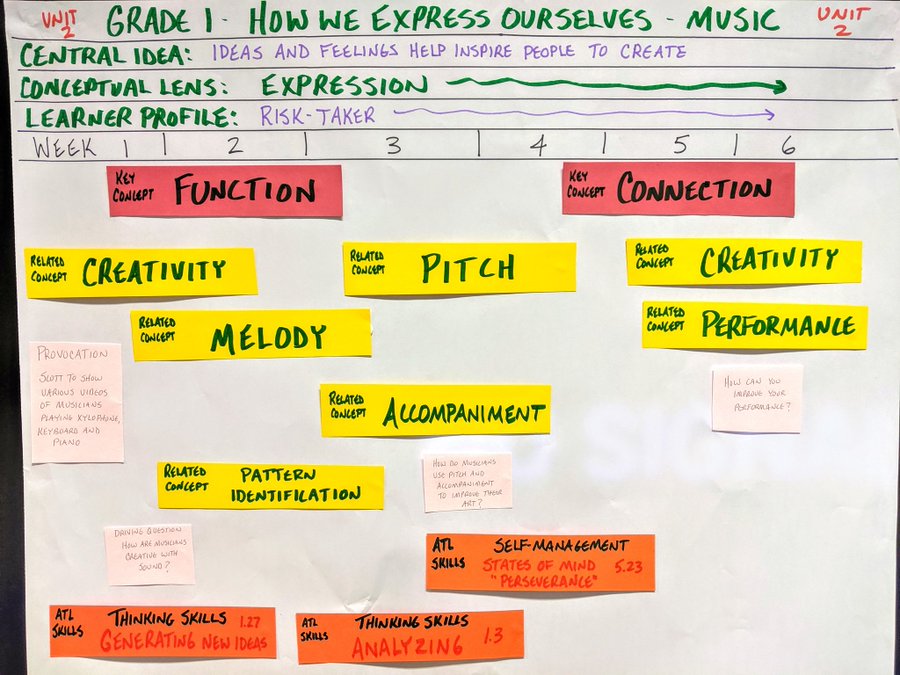
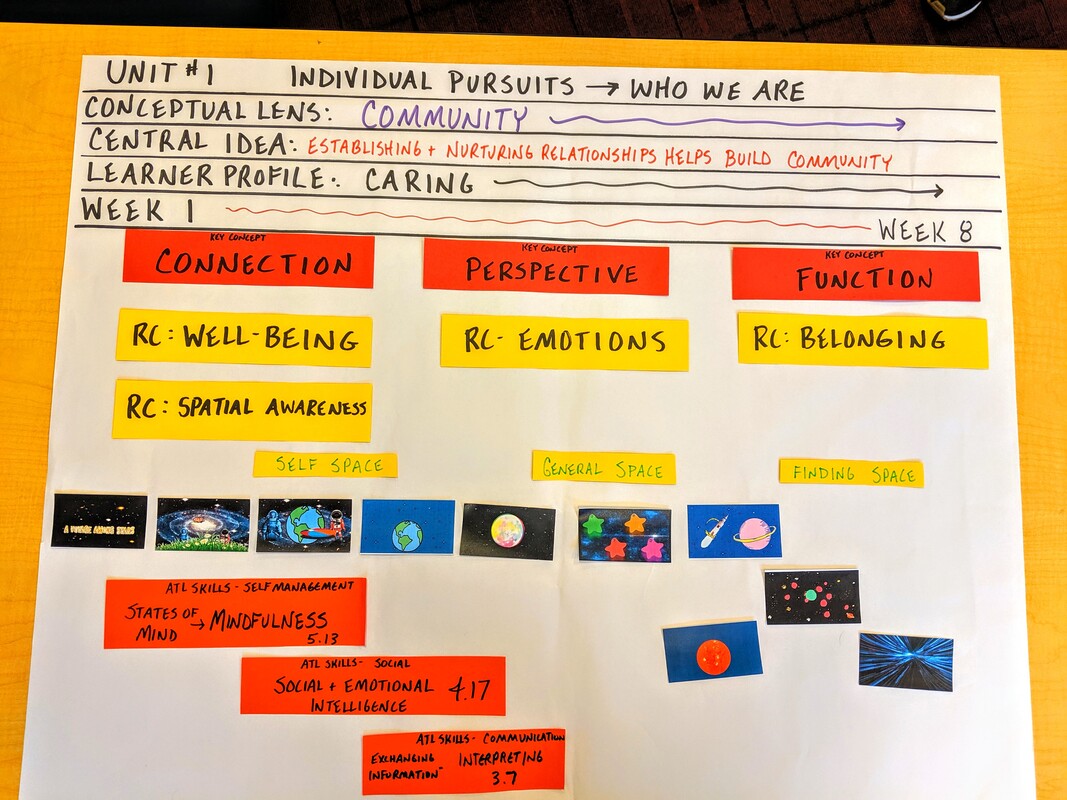
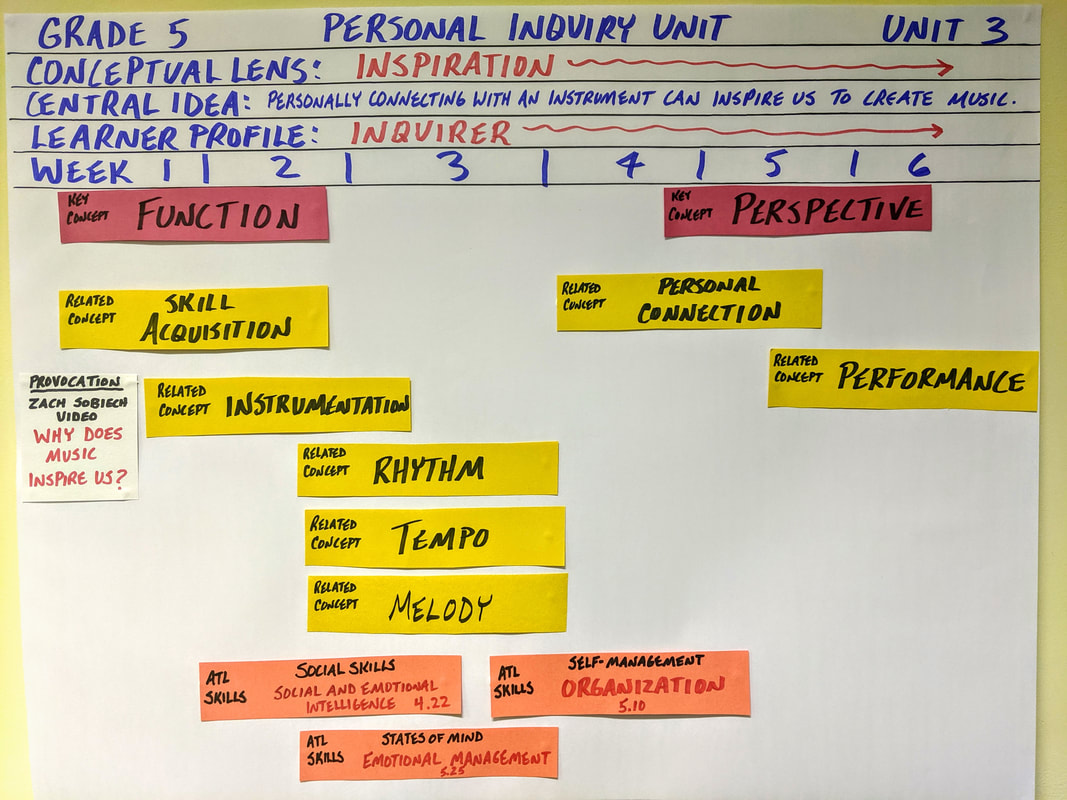

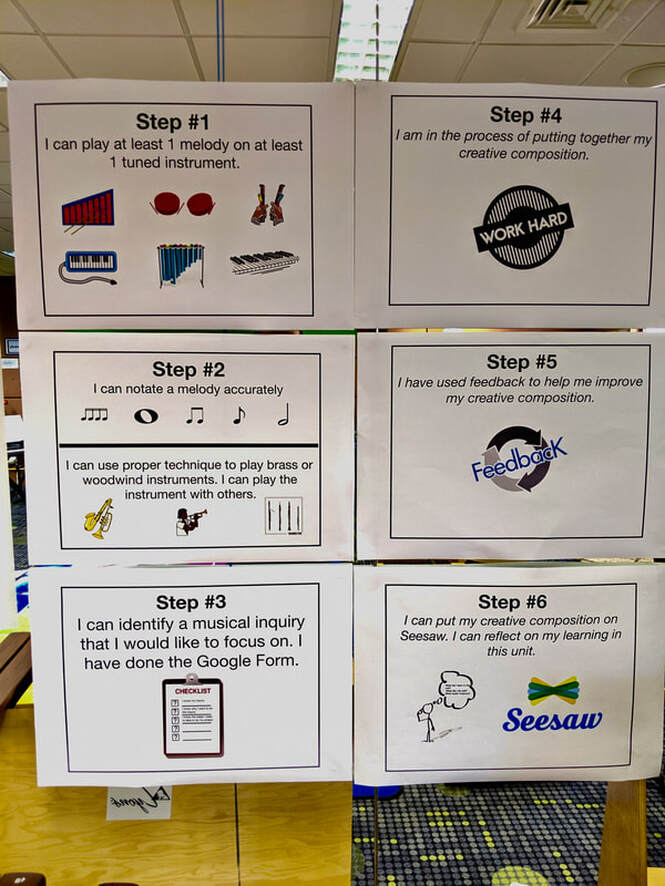
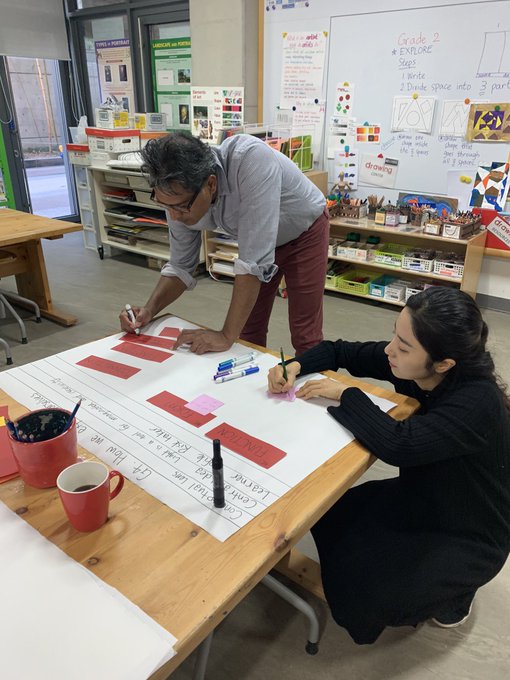
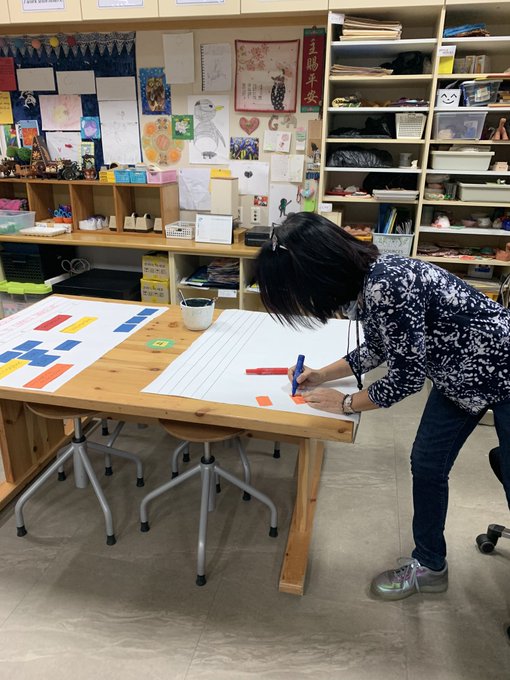
 RSS Feed
RSS Feed